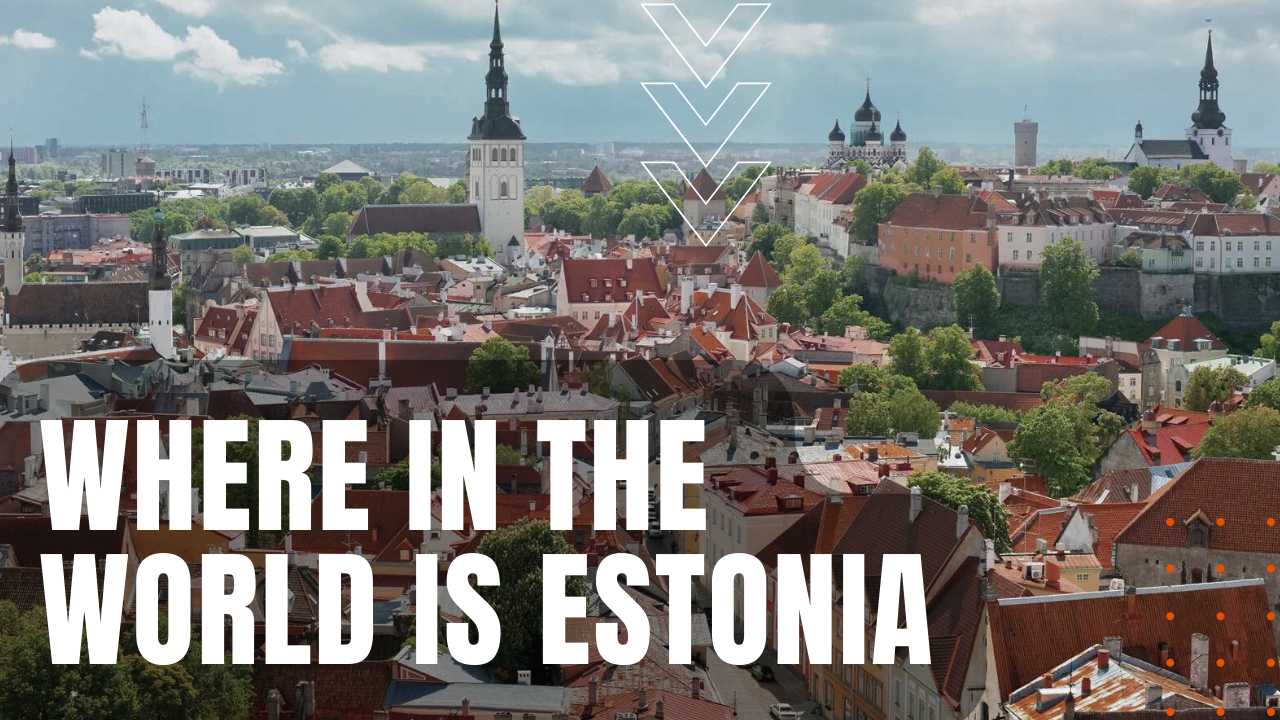Where in the World is Estonia

Home to 1.36 million people, Estonia is the northernmost of the three Baltic States, with its capital city, Tallinn, positioned some 50 miles south of Helsinki Finland across the gulf of Finland. Sharing a border with Russia to the east and Latvia to the south, to the west of Estonia lies the Baltic Sea, while her 17,462 square mile land mass makes Estonia the smallest of the Baltic States. Located in the Great Northern European Plain, Estonia’s topography is typically flat in coastal regions and hilly in the inland southeastern part of the country, with her highest point, Suur Munamägi or Big Egg Mountain standing at 1,040 feet above sea level.
Lakes Galore
Home to more than 1,400 lakes, including Lake Peipsi in eastern Estonia on the Russian border and Lake Võrtsjärv in south-central Estonia, the country’s two largest rivers include the Emajõgi, which runs west from Lake Võrtsjärv to Lake Peipsi and the Narva River, which connects Lake Peipsi to the Gulf of Finland. Due to the flat terrain of the Great Northern European Plain, much of western Estonia is covered by bogs and wetlands, while more than 47% of Estonia is home to thriving forests and woodlands, including a mix of coniferous spruce, pine, white birch, ash, maple, and aspen.
Islands Galore
Offshore, eight percent of the nation’s land mass can be found on 1,520 islands, including Saaremaa and Hiiumaa Islands, which make up two of the largest of Estonia’s many offshore possessions. Rich in oil shale, peat, phosphorite, limestone and dolomite, Estonians sometimes experience flooding in springtime, while their air pollution problems of the Soviet era have largely been eradicated through environmental efficiencies. Due to the Soviet’s occupation of Estonia from 1944 to 1991, the nation’s population is made up of Estonians, Russians, Ukrainians and Belarusians, and while Estonian is the official language of the nation, ten other languages are spoken and widely understood by many Estonians.
Long Winters
Known for her long winters and short summers, winter begins in October and lasts well into April, with mean January temperatures of 22-25 degrees Fahrenheit, while Estonia’s magical yet short summer months of July and August yield mean daytime highs of 67 to 75 degrees. Given her high northern latitude, Estonians experience winter daylight from 9:30 AM to 3:00 PM, while the summer months from early June to mid-July experience no real nighttime, making Estonia, a small yet prosperous nation in northeastern Europe.
